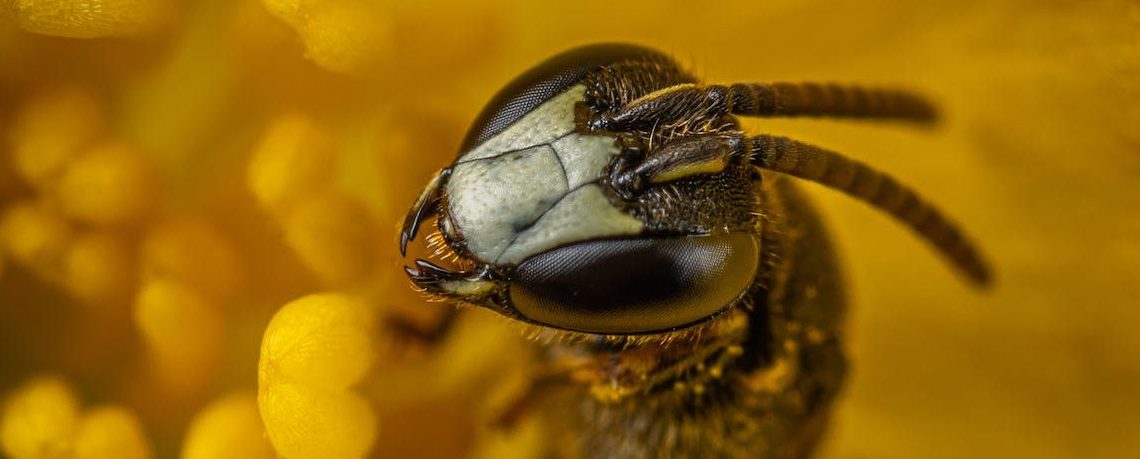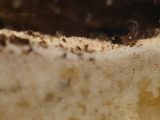Bees can recognise human faces
October 24, 2022Honeybees seem to be able to recognise human faces. In one experiment photographs were pinned to a board and the bees trained (with a sucrose solution treat) to respond to one particular photo. When the photo was moved around the board the bees were able to detect the correct photo with up to 90% accuracy. The bees could even do this two days later, proving they’ve retained some information.
Whether this skill translates to recognising humans as we understand it is unclear. It’s likely to do with the bees’ pattern recognition skills that enable them to distinguish certain types of flower. Since bees see quite differently to us – they are near sighted with 280 degree vision and trichochromatic perceiving ultraviolet light, blue, and green – it’s unlikely you’re going to make a new furry friend any time soon but the science is interesting nonetheless.
In another study golden paper wasps were given bodyswapped images of a single body with different wasp faces and trained to see one as ‘good’ and one as ‘bad’. The wasps were able to recognise the different wasps when facial markings were present but not when shown the equivalent of just a nose and mouth. In a follow up study it was shown that this facial recognition is dependent on colour.
These facial recognition skills seem to vary between breeds of wasp. Wasps that typically nest alone did not seem to have the same facial recognition ability, suggesting it’s a skill that develops only when necessary for survival.
References
- Adrian G. Dyer, Christa Neumeyer, Lars Chittka, “Honeybee (Apis mellifera) vision can discriminate between and recognise images of human faces“, 2015, Biologists.com
- Sheehan and Tibbetts, “Face Recognition: Lessons from a Wasp“, 2012, ScienceDirect
- Christopher M. Jernigan, Jay A. Stafstrom, Natalie C. Zaba, Caleb C. Vogt & Michael J. Sheehan, “Color is necessary for face discrimination in the Northern paper wasp, Polistes fuscatus“, 2022, Springer


